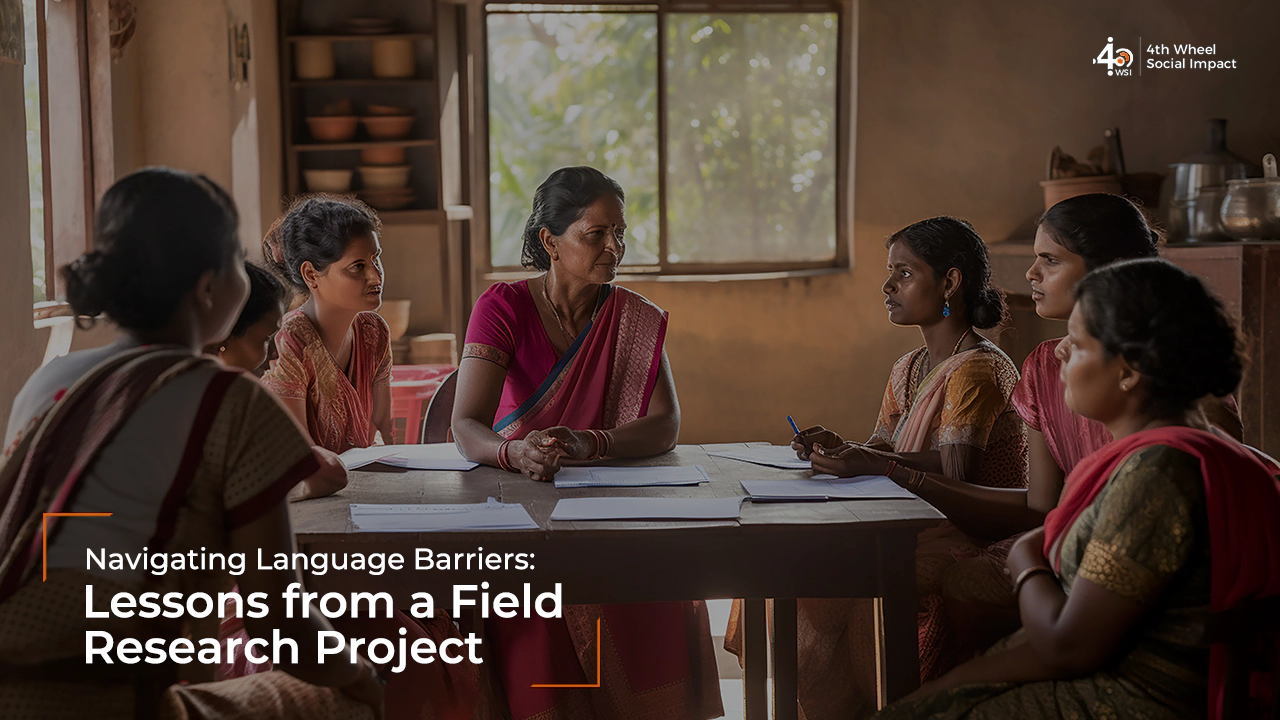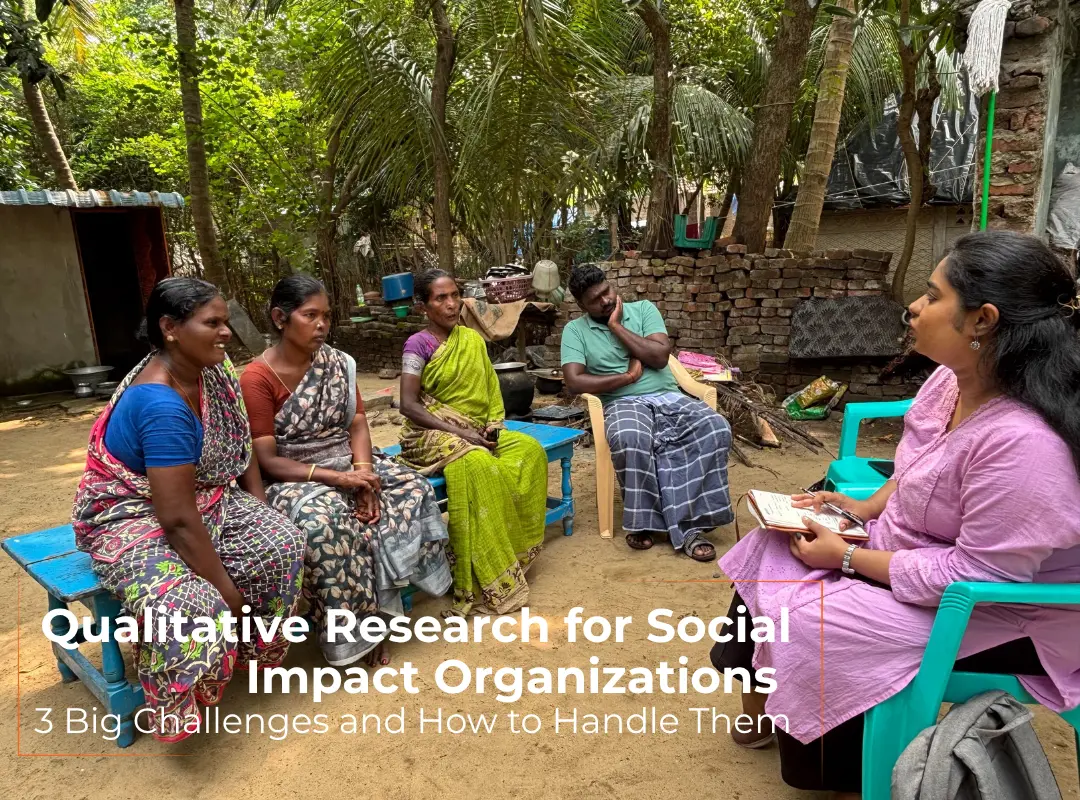When conducting field research, it’s crucial to consider the language and cultural context of the target community.
In one such program aimed at understanding women’s experiences in a specific region, a team of experienced social workers encountered an unexpected challenge – a language barrier.
The Challenge: Communication Gap
Despite being fluent in Hindi, the team struggled to communicate effectively with the local community, who primarily spoke a different language. This communication gap led to misinterpretations and potential inaccuracies in the data collection process, threatening the project’s impact and success.
Embracing Local Languages
To overcome this hurdle, it’s essential to embrace local languages and seek solutions that ensure accurate data collection. In this case, the field supervisor, although initially hesitant, reached out to the project’s implementation partner for assistance.
The Solution : Local Translators
Through collaboration, they identified a local translator well-versed in both Hindi and the local language. This translator served as a vital bridge between the social workers and the participants. The inclusion of the translator had a transformative impact on the data collection process, thus making the M&E systems more efficient.
Benefits of Collaboration
By working in pairs, the enumerators and translator were able to communicate more effectively with the participants which led to smoother and faster interactions. Beyond mere translation, the translator played a crucial role in building trust and fostering cultural understanding. This encouraged the participants to share their experiences more openly.
Acknowledging Valuable Contributions
To acknowledge their valuable contribution, it’s important to provide translators with appropriate compensation, such as travel allowances and meals.
Positive Outcomes
Embracing this collaborative approach yielded positive outcomes for the project. Not only was the data collection completed with greater accuracy, but it also surpassed the anticipated timeline and quickened the pace of social impact of the project.
This success story underscores the significance of language fluency in field research and the value of involving local translators as cultural bridges.
Key Takeaways for Future Projects
When planning field research projects, it’s advisable to proactively assess the language and the cultural landscape of the target community. By incorporating local language expertise and collaborating with cultural insiders, researchers can conduct a more inclusive and culturally sensitive data collection process that will lead to more accurate Monitoring & Evaluation.
This approach not only enhances data accuracy but also fosters a more respectful and trusting relationship with the participants.
Conclusion
The lessons learned from this project serve as a reminder that flexibility and collaboration are key to overcoming language barriers in field research. By embracing local languages, involving translators, and prioritizing cultural context & understanding, researchers can gather richer, more nuanced insights while upholding ethical standards and respecting the communities they engage with.




